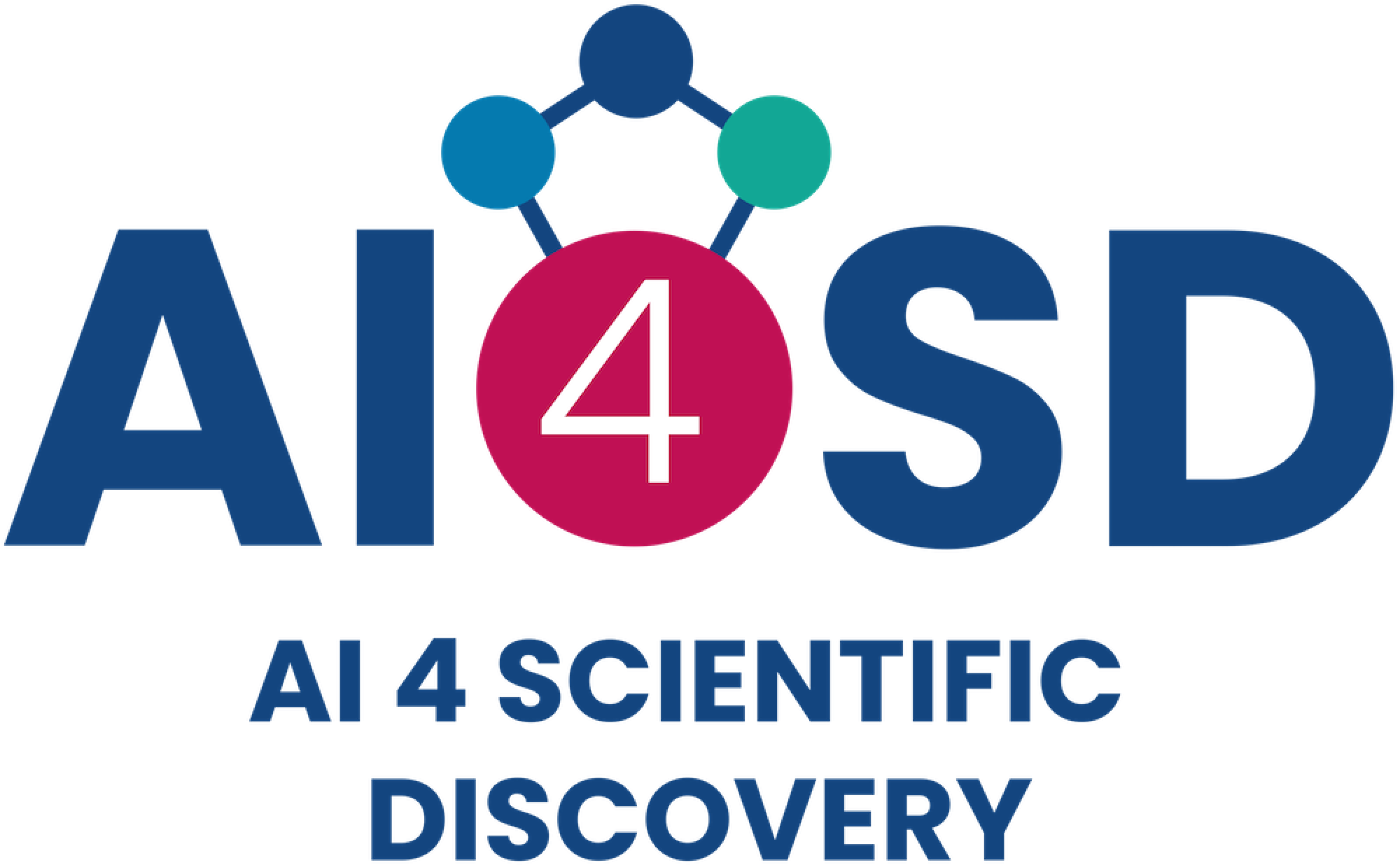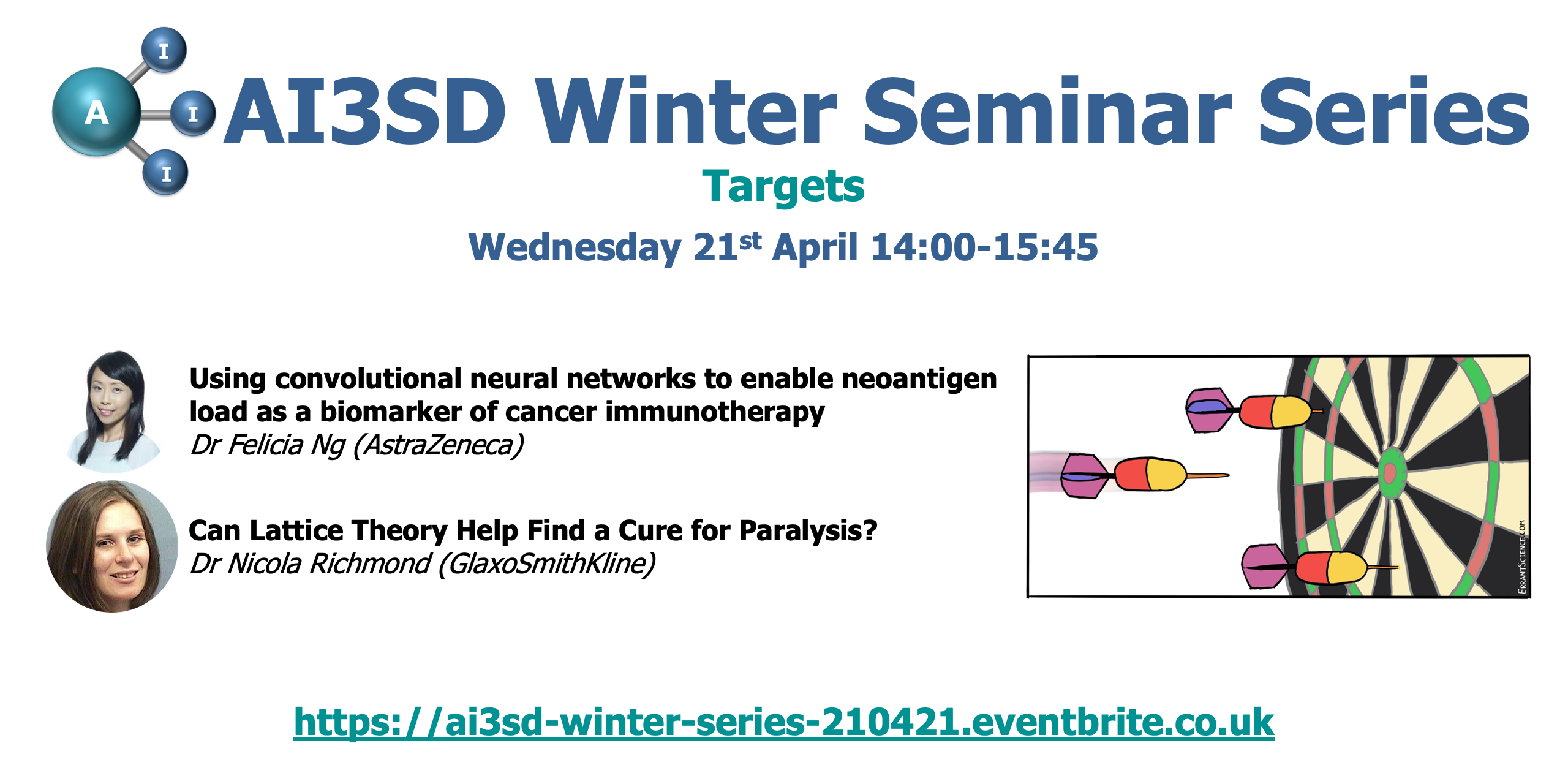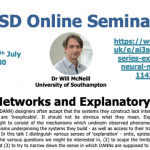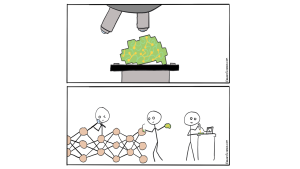This seminar was the final of ten in our AI3SD Winter Seminar Series. This seminar was hosted online via a zoom webinar. The event was themed around Targets, and consisted of two talks on this subject. Below are the speaker biographies, the talks could not be recorded due to confidentiality reasons.
Using convolutional neural networks to enable neoantigen load as a biomarker of cancer immunotherapy – Dr Felicia Ng (AstraZeneca)
Dr Felicia Ng is a data scientist and bioinformatician in the Early Computational Oncology team at Astrazeneca (AZ) and based in Cambridge (UK). Since joining AZ about 3 years ago, she has been leading efforts to develop a tumor-specific predictor of HLA Class I presented peptides (MINERVA) and establish neoantigens as a biomarker of response to immunotherapy. She also leads the omics integration and bioinformatics activities to build and leverage a rich internal resource called Tumor and Immune Cell Atlas (TICA) to improve our understanding of the tumor immune landscape. Prior to joining AZ, she completed her PhD and a brief post-doc in Berthold Gottgens’ lab at the University of Cambridge where her research provided new insights into the cell-type-specific transcription factor networks of haematopoietic stem cells.
Abstract
Neoantigens act as surrogates for T cell immunoreactivity and have been shown to correlate with patients’ response to immune checkpoint inhibitors (ICI). At Astrazeneca, we have developed a multi-allele convolutional neural network-based model, MINERVA, for predicting HLA class I (HLA-I) presentation of tumor antigenic peptides using transfer learning with immunopeptidome data from cancer patients. We show that MINERVA recapitulates physicochemical properties of naturally presented peptides that are relevant to tumor biology and is more sensitive to tumor-derived HLA presented peptides than existing algorithms. Without a priori knowledge provided to MINERVA, the model was able to learn the determinants of peptide-HLA presentation and we utilized the learnt features to understand the impact of mutations on neoantigen presentation. Furthermore, we show that the diversity of tumor peptides being presented by a pair of alleles are significantly correlated with HLA sequence divergence. In conclusion, MINERVA can greatly facilitate tumor neoantigen discovery and guide cancer immunotherapies.
Can Lattice Theory Help Find a Cure for Paralysis? – Dr Nicola Richmond (GlaxoSmithKline)
Nicola heads the GSK.ai Fellowship Programme and also has a hands-on role in the Causal Machine Learning team. She has been at GSK for over sixteen years and during that time has held positions in a variety of computational groups. She has focused on designing and developing methodologies to support the discovery and development of new medicines. As a mathematician, Nicola is passionate about identifying novel, mathematically-rooted approaches to solving problems, particularly when they involve aspects of pure mathematics. Prior to joining GSK, Nicola was a Tripos Research Fellow at the University of Sheffield under the supervision of Prof Peter Willett. She also spent two years working at the Statistics and Modelling group at Unilever R&D. Nicola completed a PhD in pure mathematics at the University of Leeds, and an MSc and BSc in computer science and mathematics at the University of Edinburgh. Nicola is passionate about developing and mentoring people.
Abstract
Using publicly available data on the Published Kinase Inhibitor Set (PKIS) we describe the application of Formal Concept Analysis (FCA), an association mining technique with roots in set theory, to the problem of deconvoluting a phenotypic screen. We describe each compound in the PKIS by the set of kinases it inhibits. We then construct a Galois Lattice, whose nodes correspond to a set of compounds inhibiting a common set of kinases and where two nodes are connected if the compound set of the child node is a subset of the compound set of the parent node. Lattice nodes enriched with compounds that promote neurite outgrowth in rat inform on which kinases should be targeted when seeking small molecules that encourage CNS axon repair following injury. The targets we identify using this unsupervised and interpretable approach, are in line with those identified where the authors use a combination of support vector machines, considered a black box method, and mutual information, then confirm in siRNA studies.










